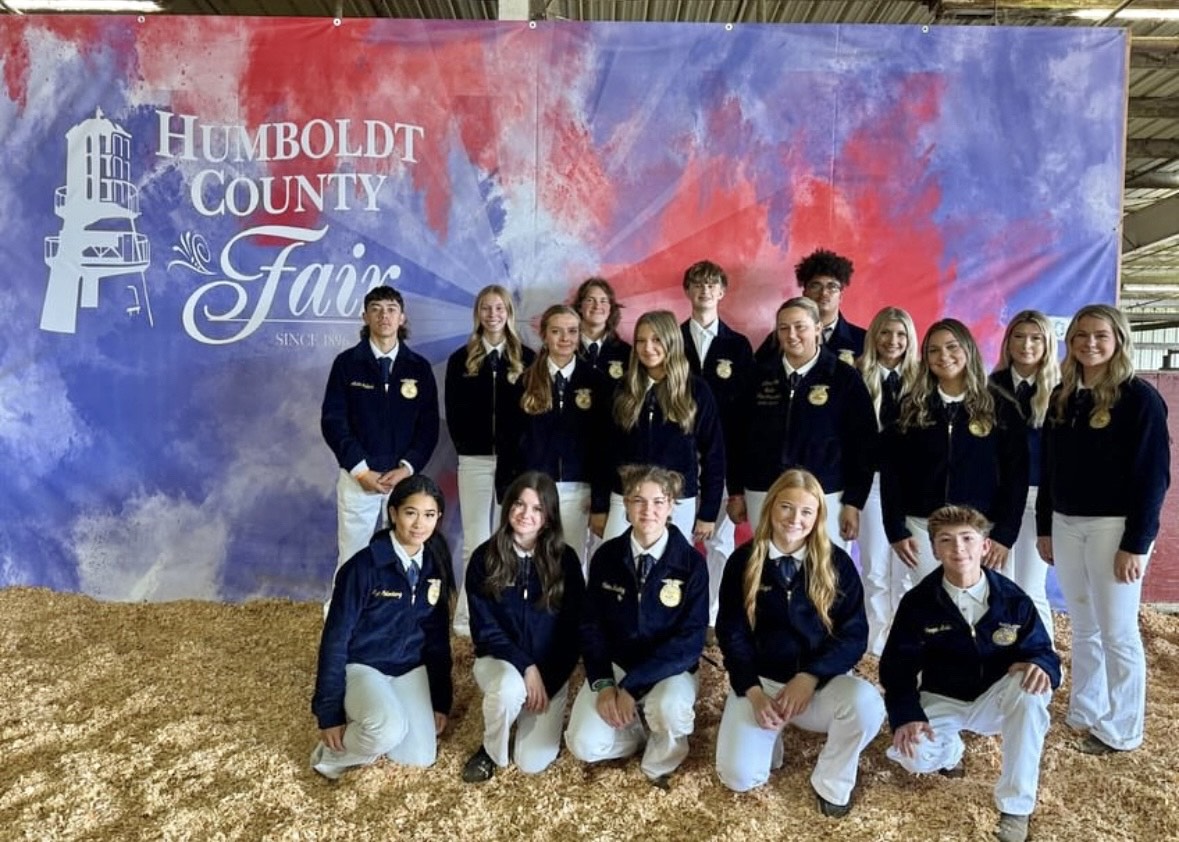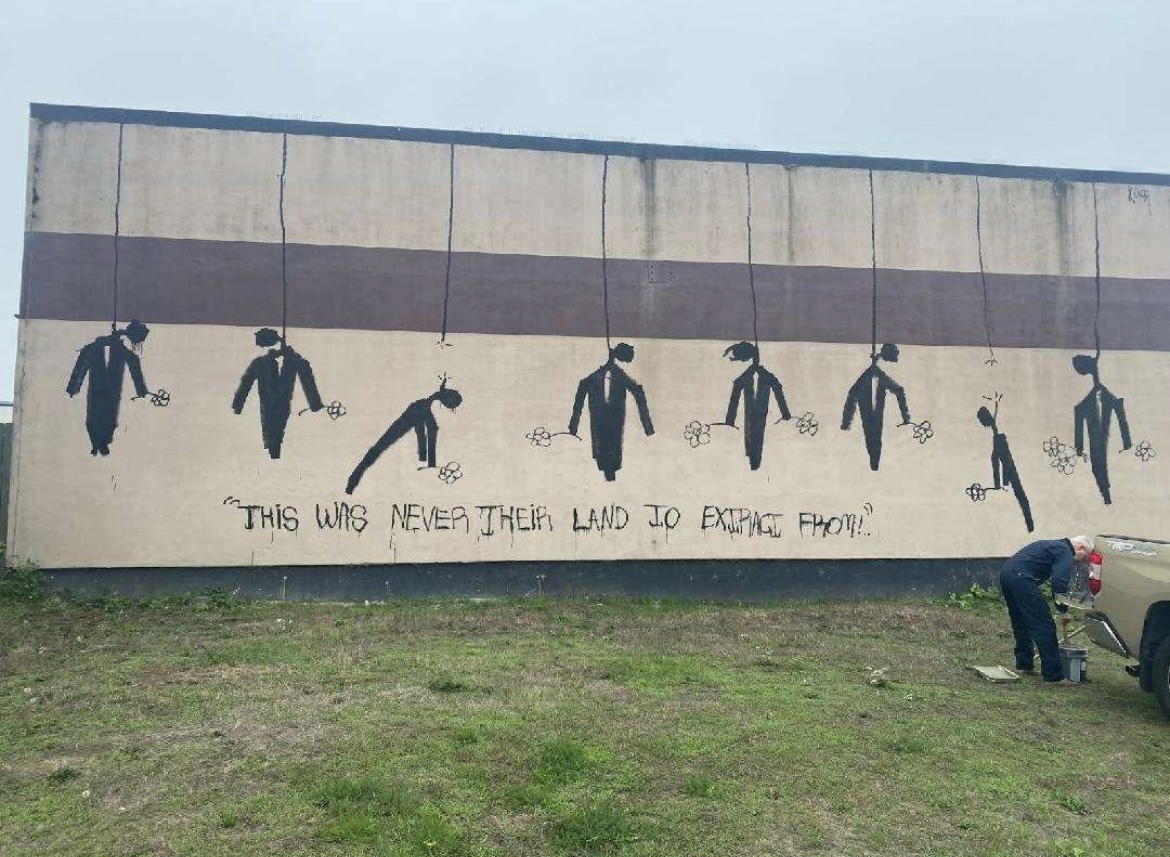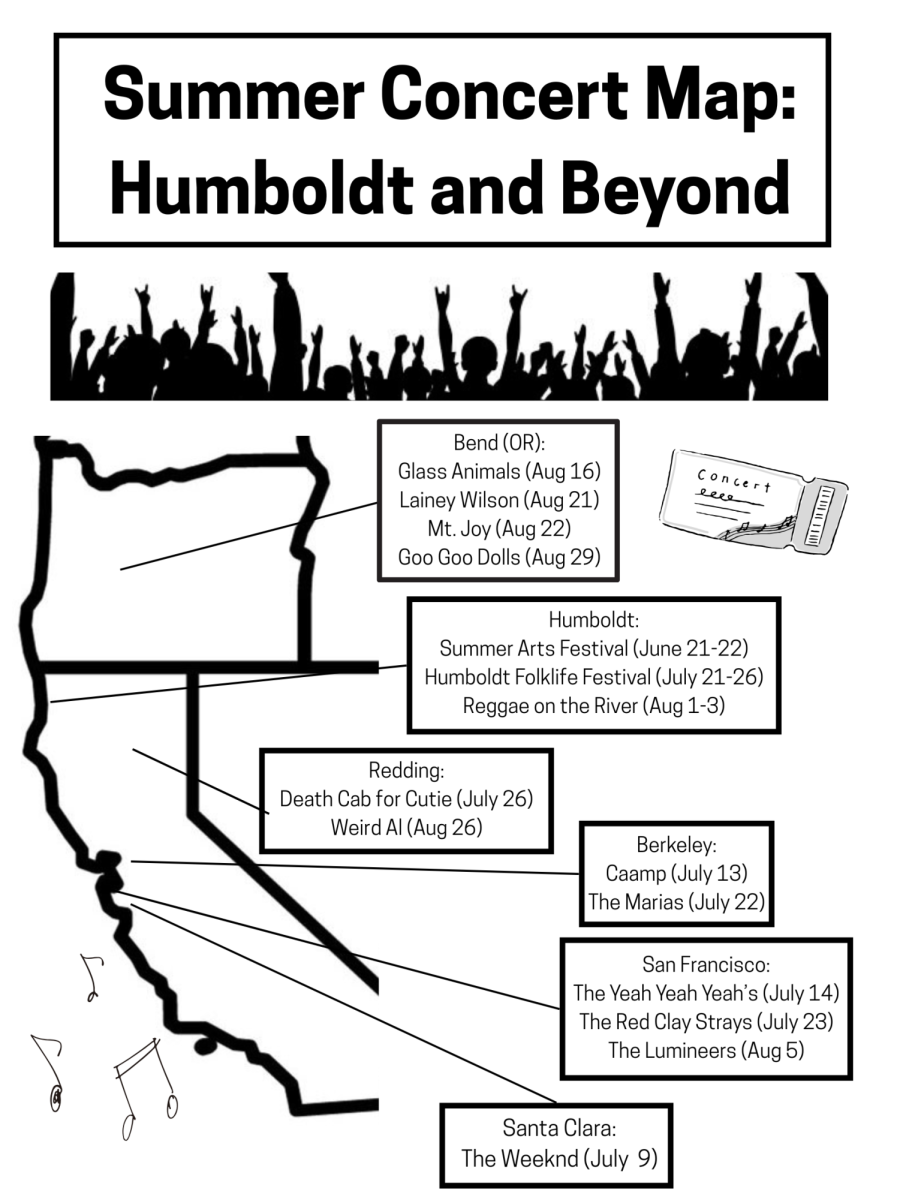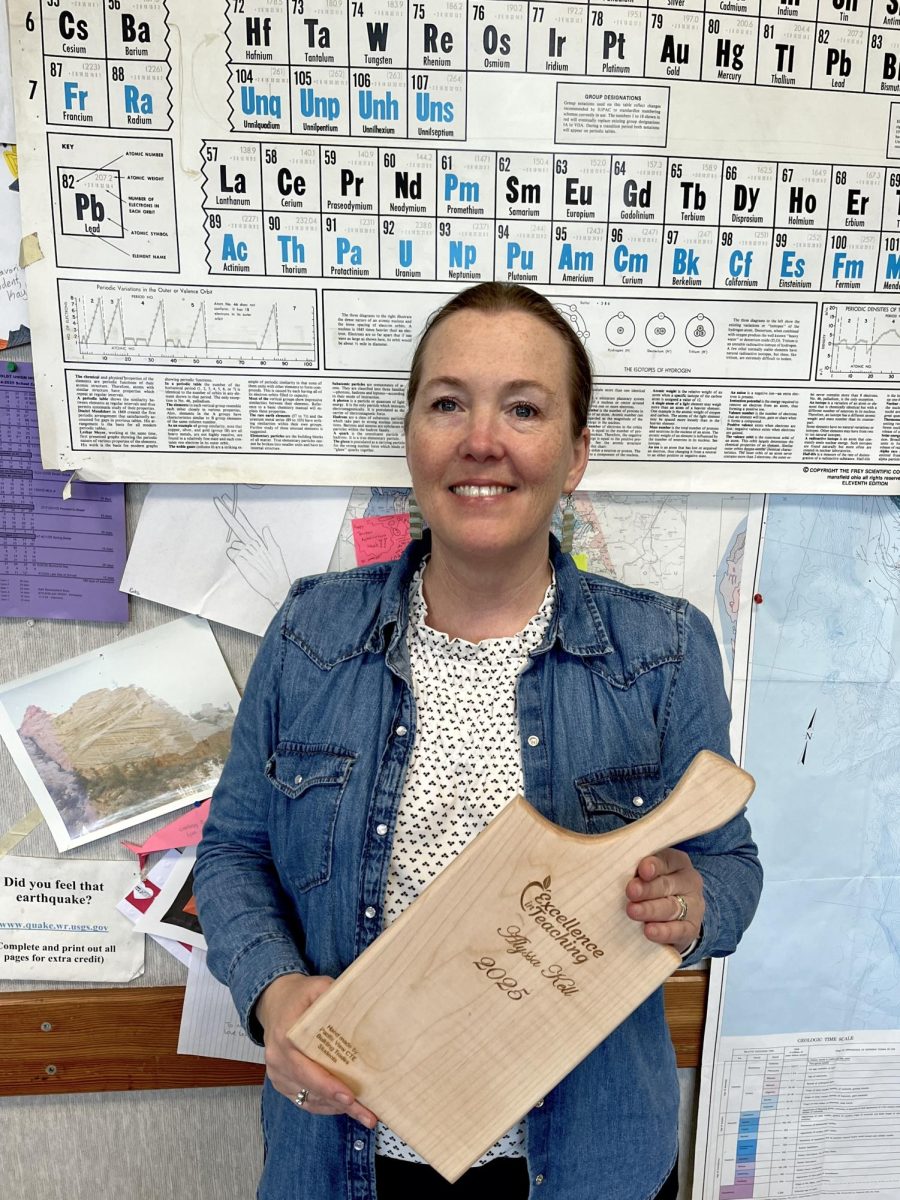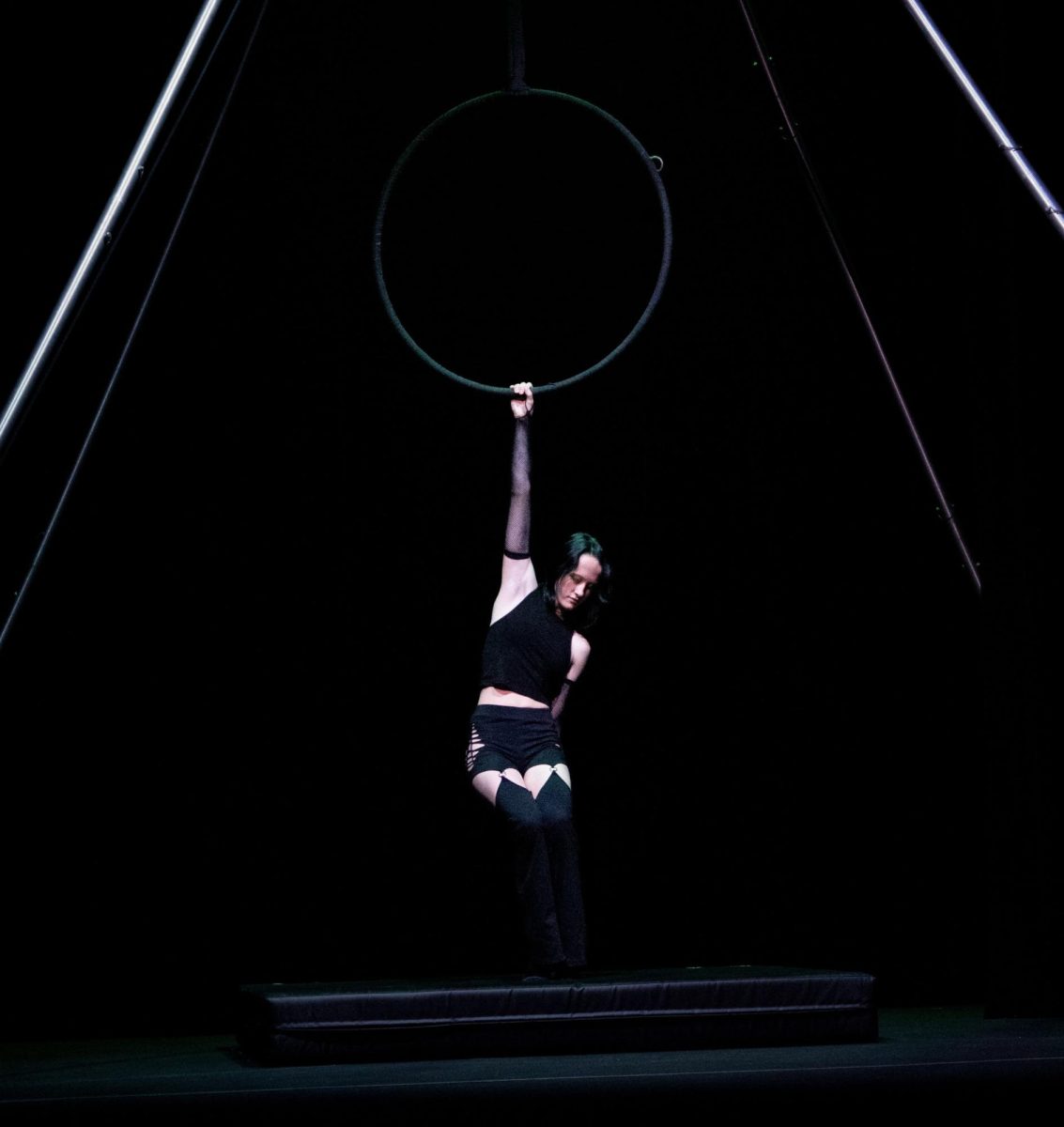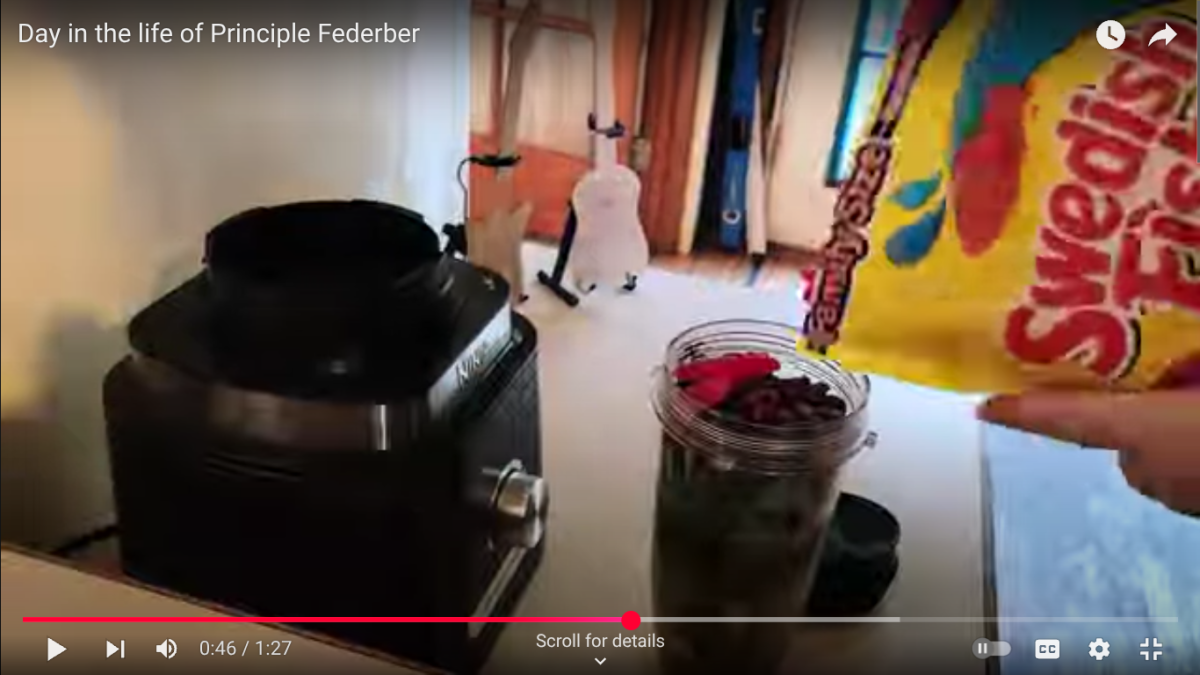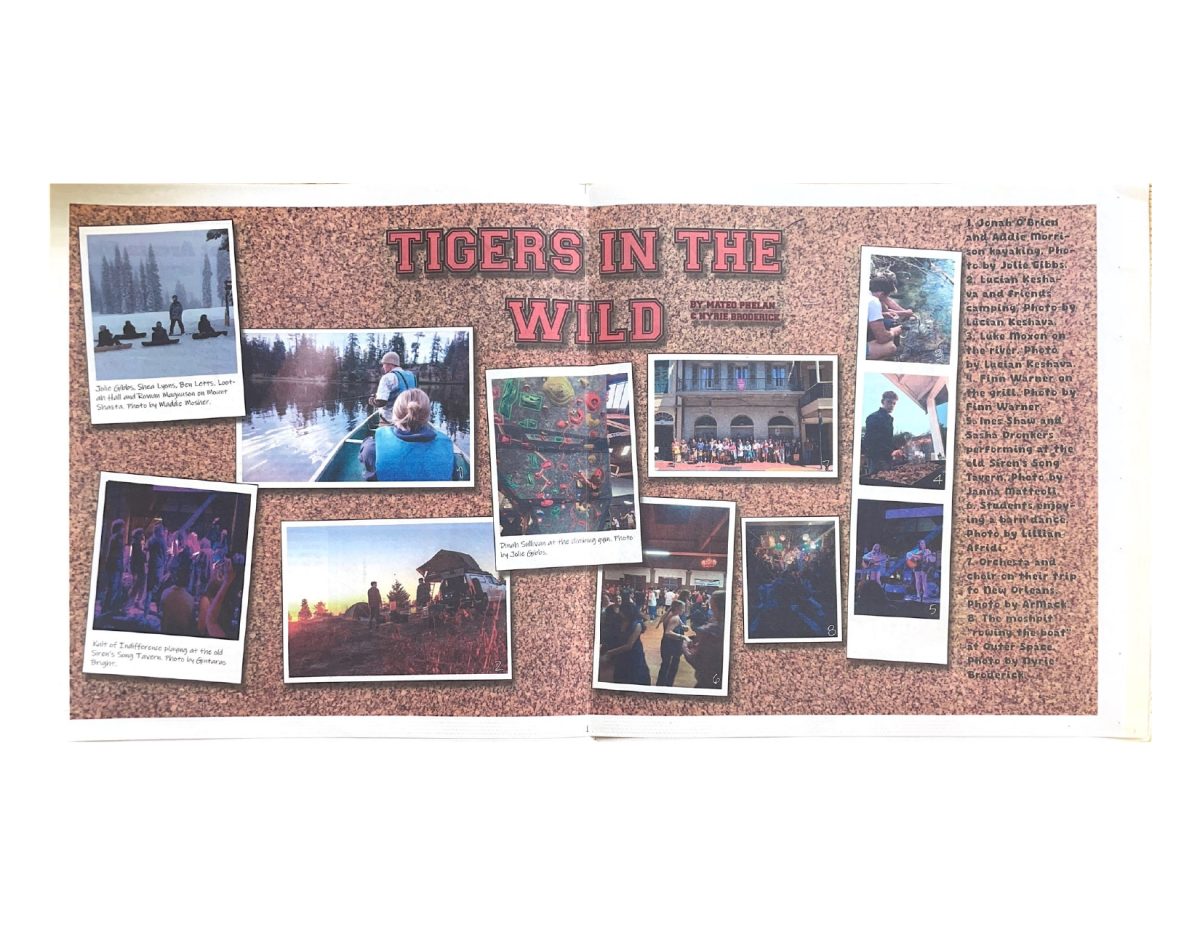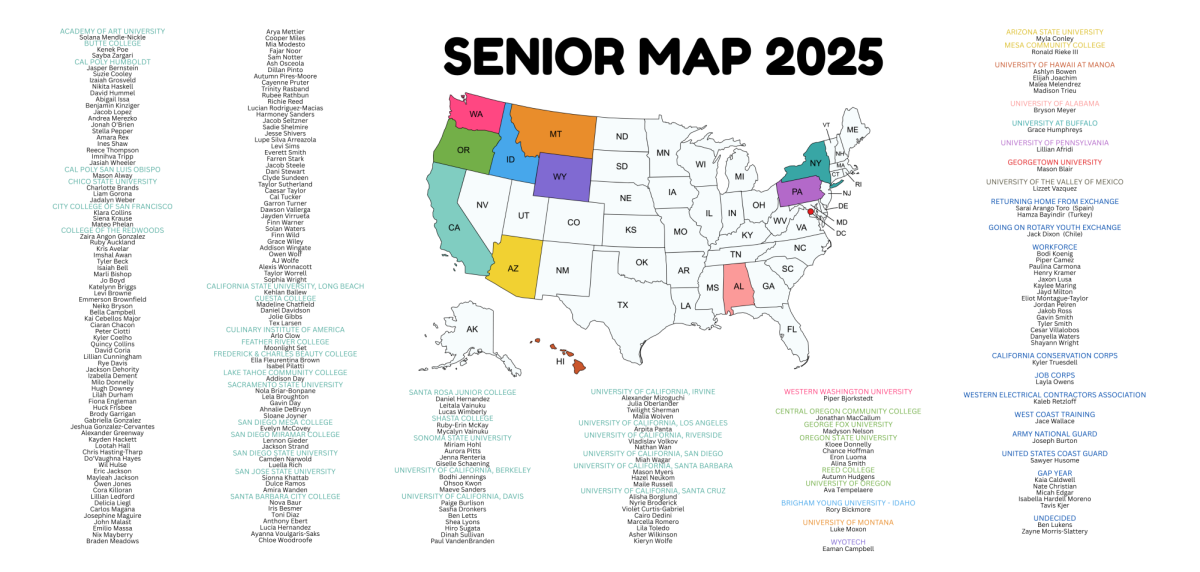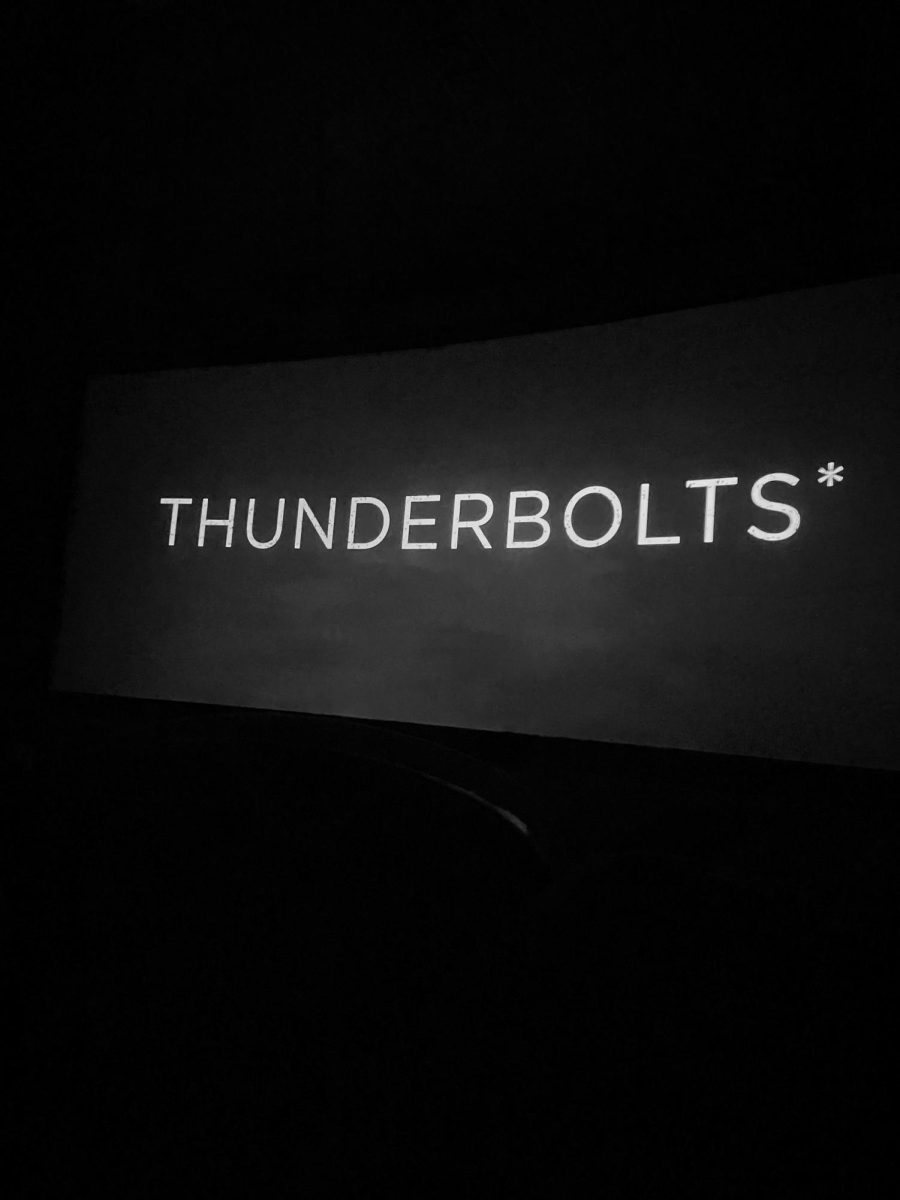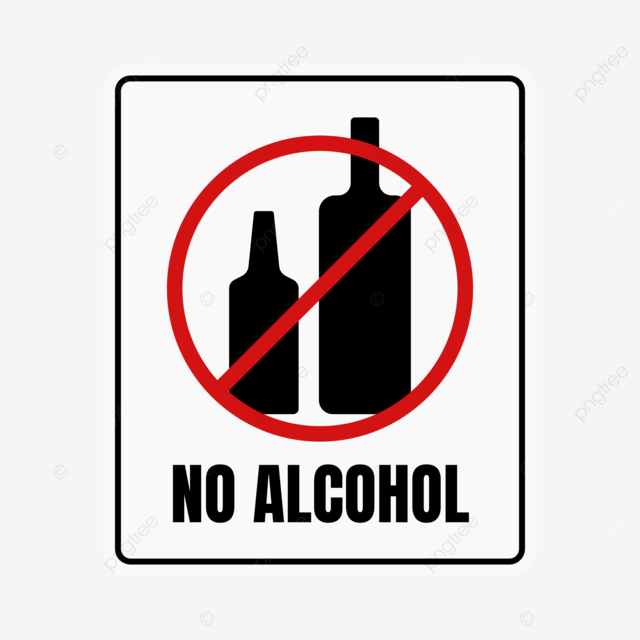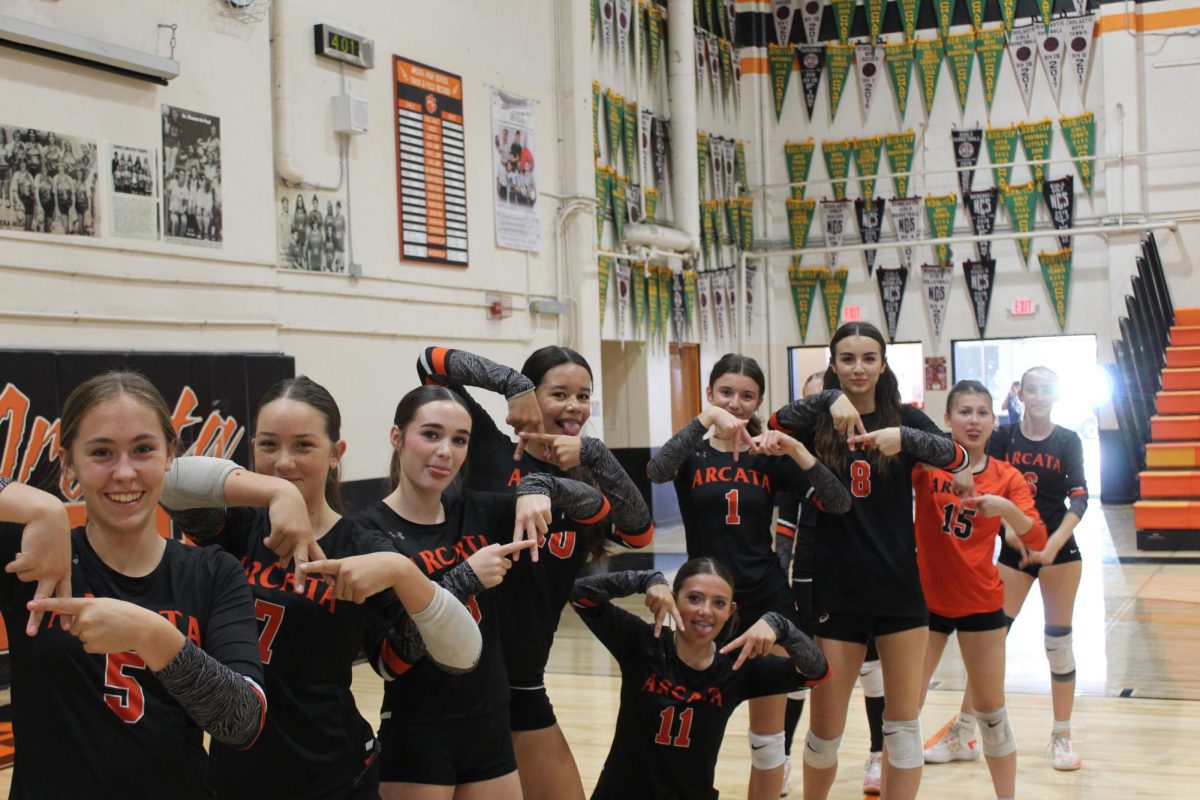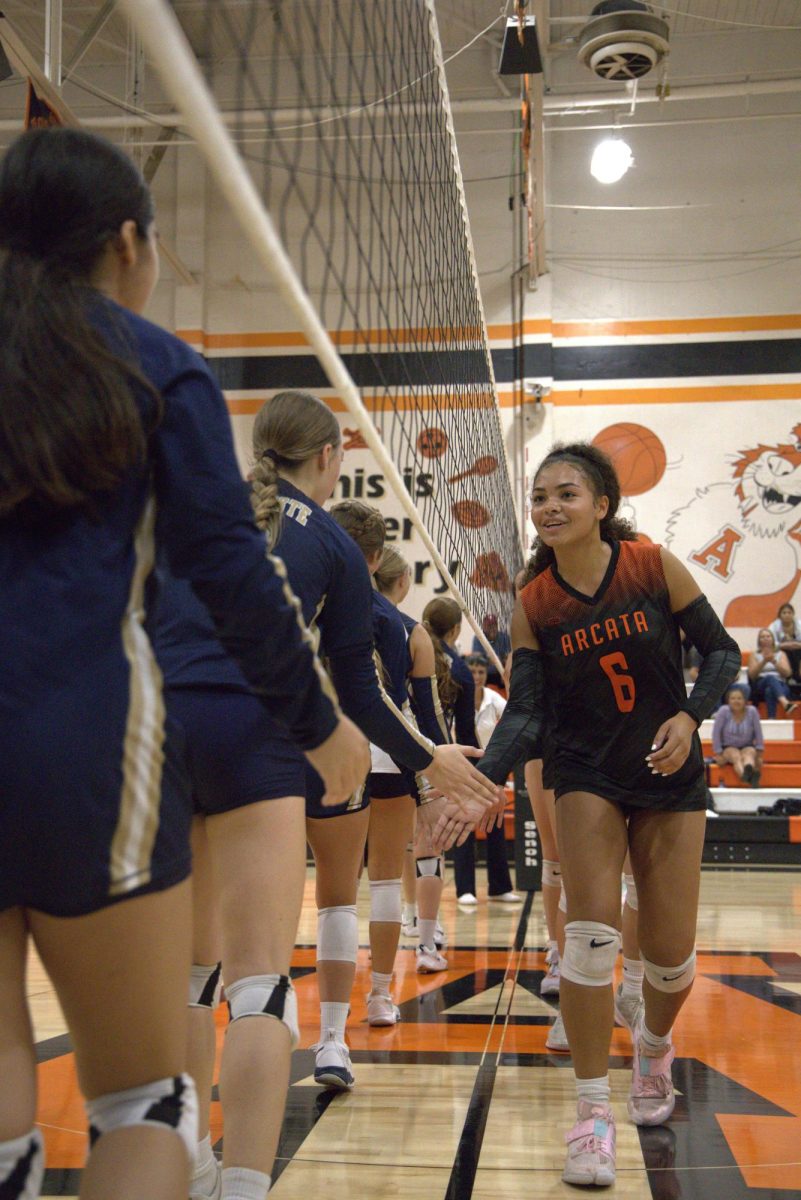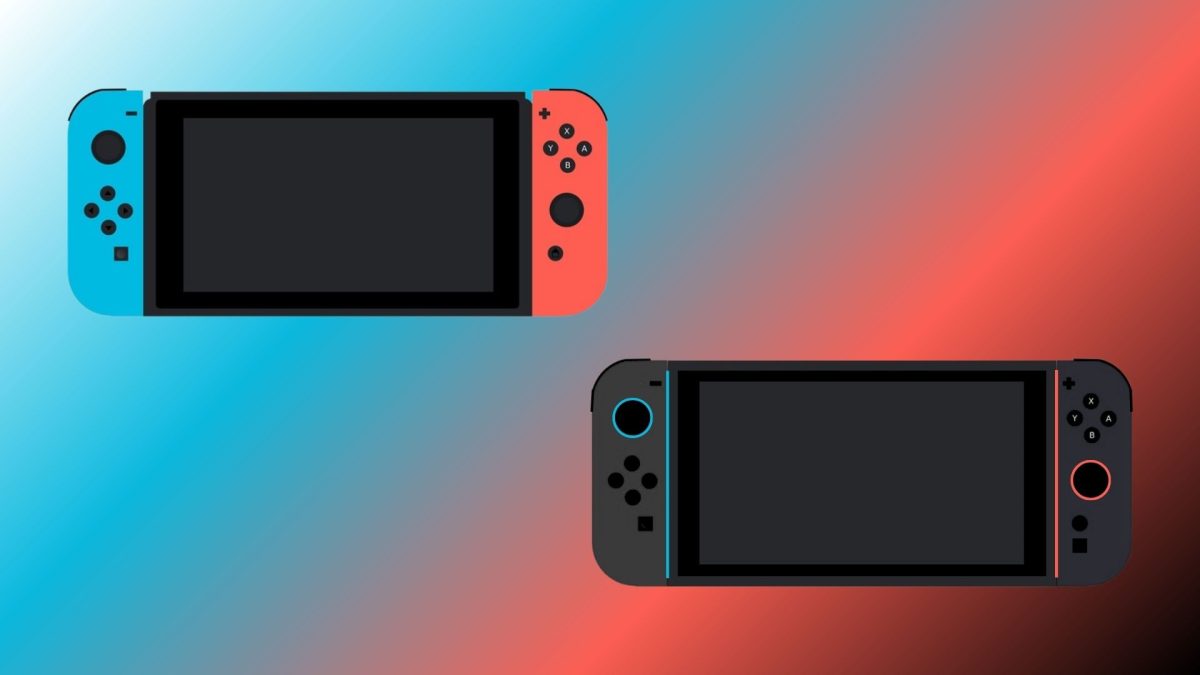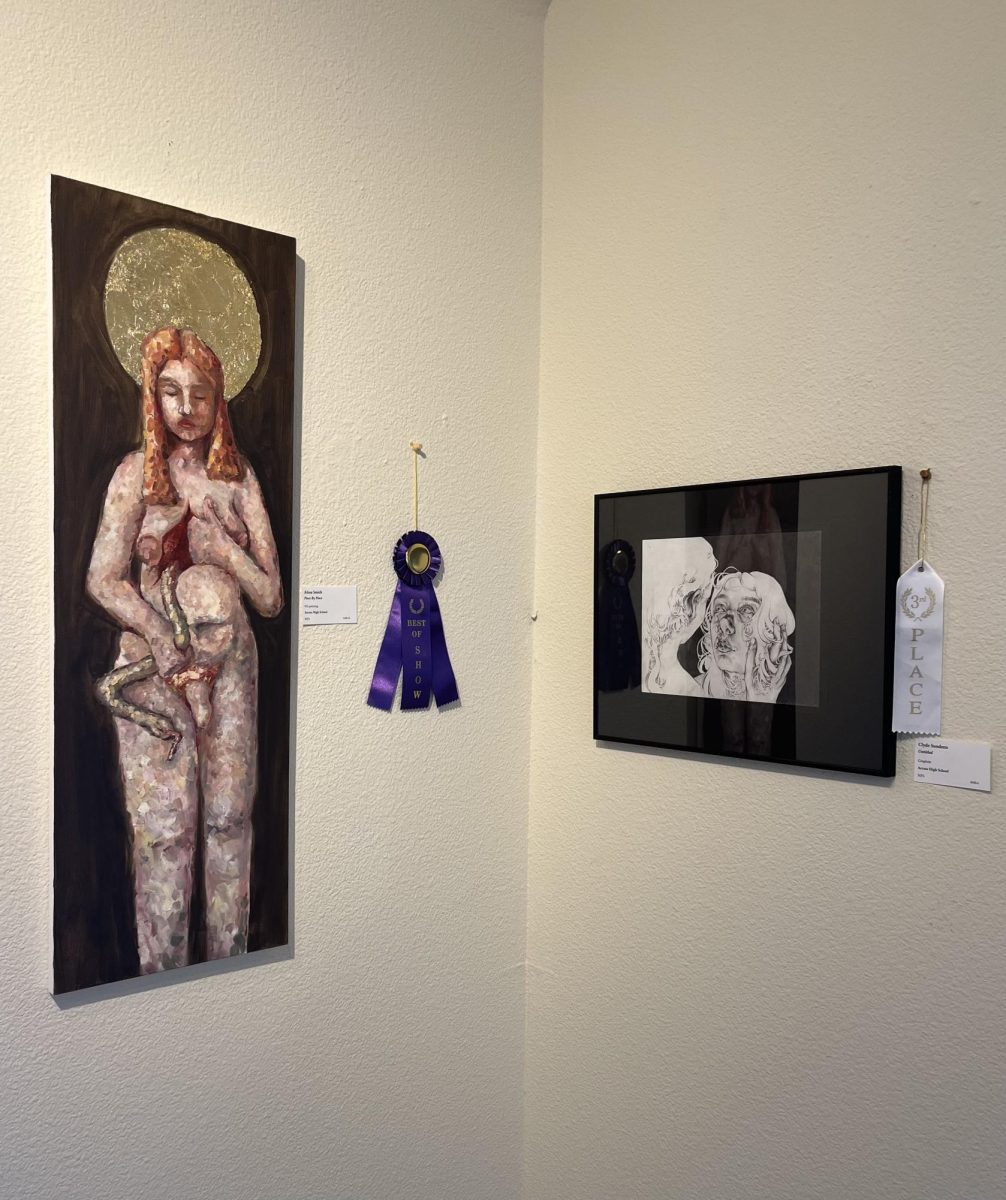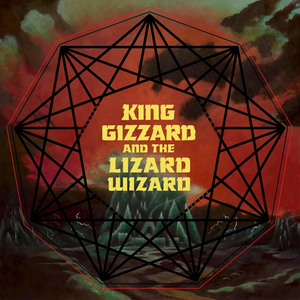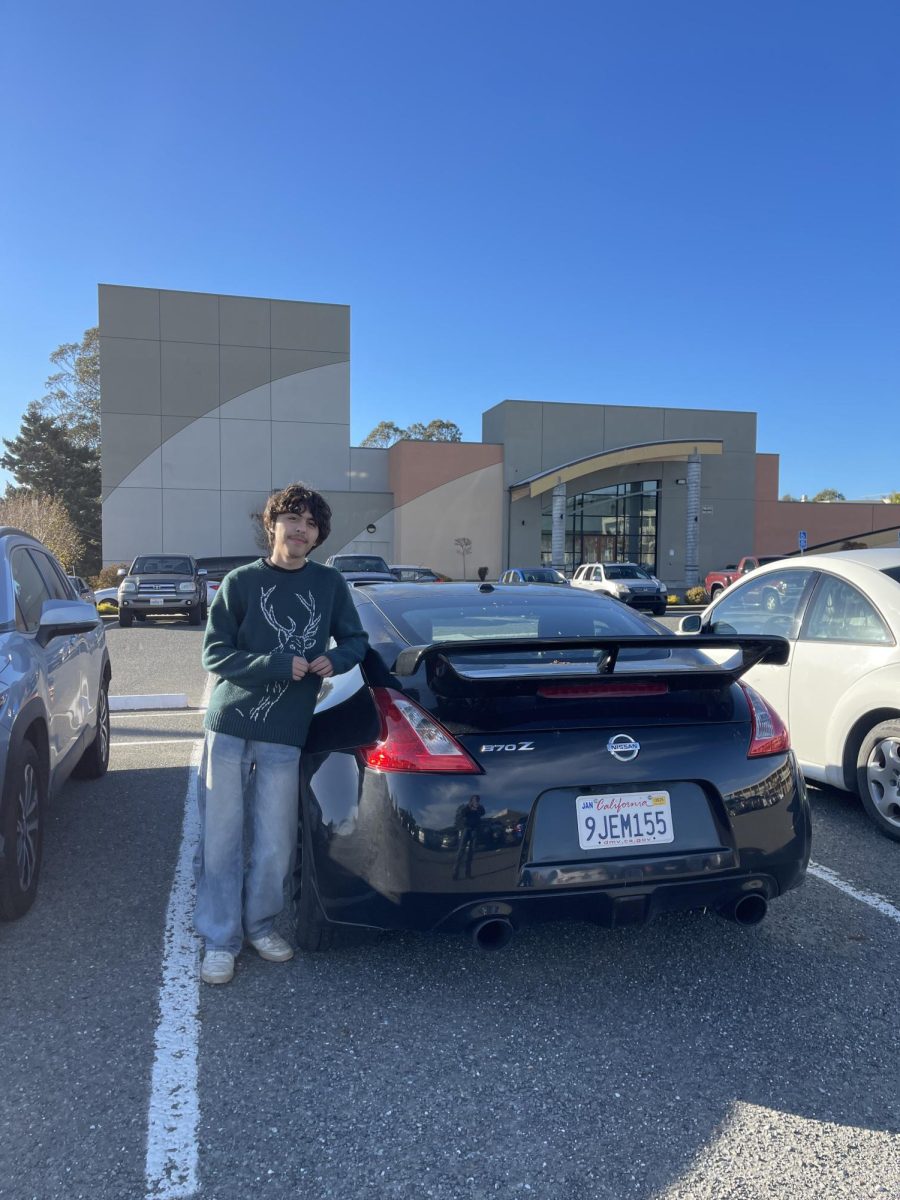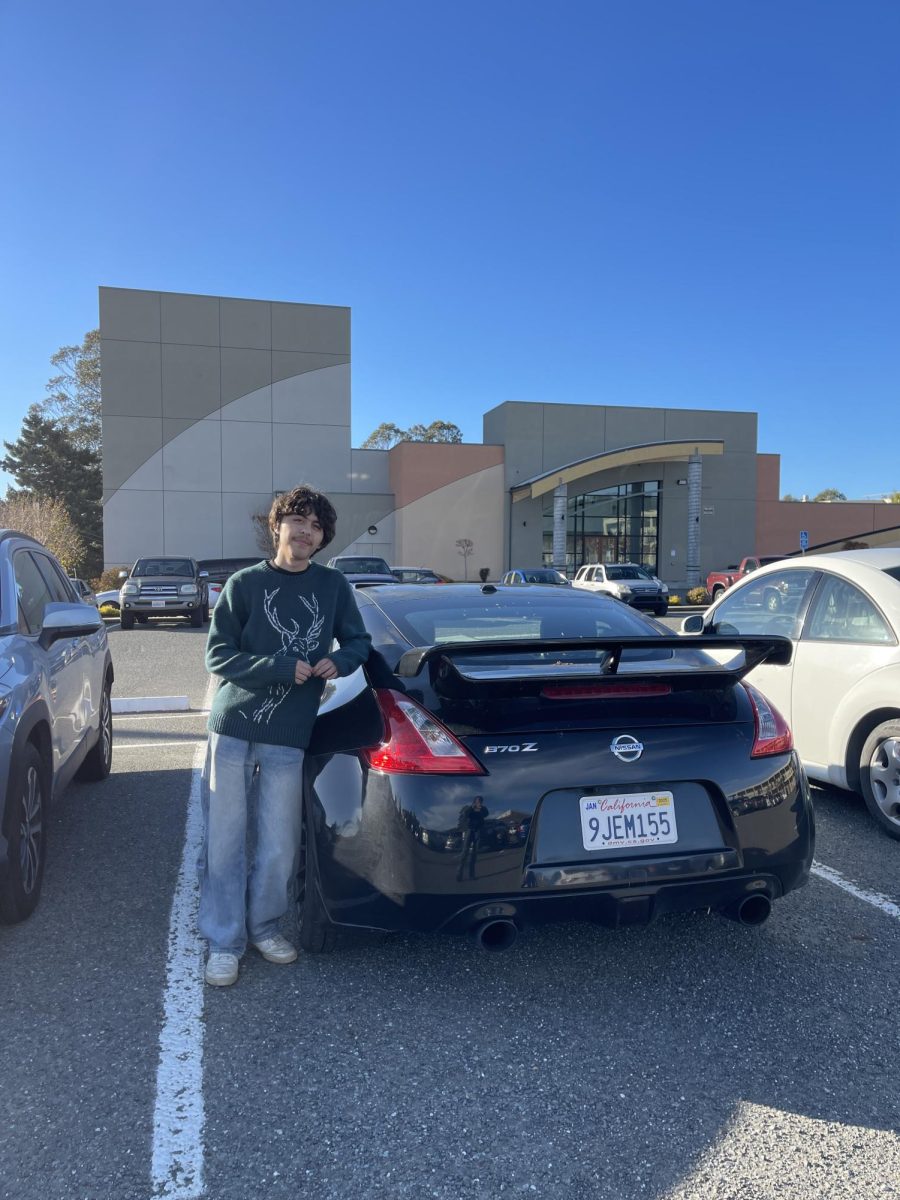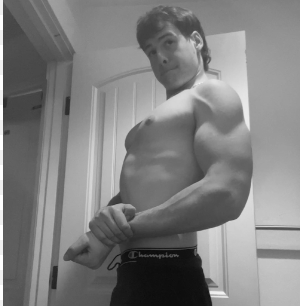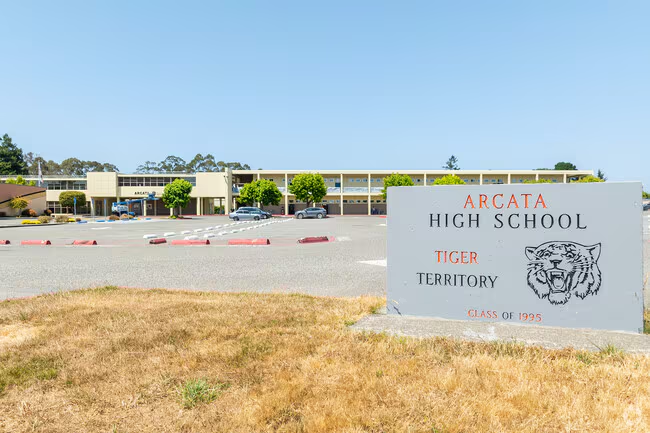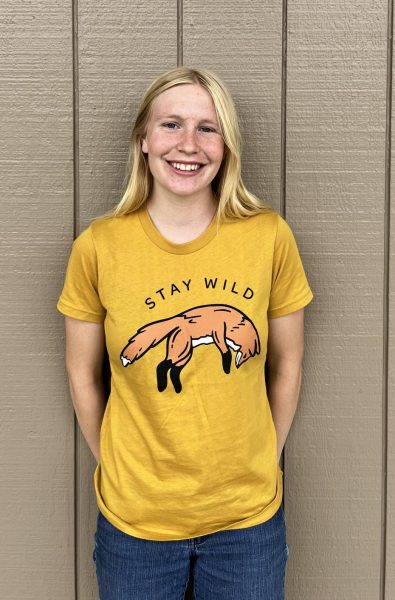Chocolate Article
At its best, chocolate is elegant—shimmering like a precious metal, and flowing rich and dark, creamy and sweet, to melt in your mouth at a perfect temperature; the co-owner of Dick Taylor Chocolate company, Adam Dick, concludes “We were made to eat chocolate.”
Chocolate is especially important this time of year when the love of a relationship is often complimented with a heart-shaped box of delicious confections. And yet, most of us have no clue of how that chocolate ended up in that box. This being the case, Taylor Nada (Online Editor) and I thought it right to share the how-to from the real Willy Wonkas of this world as we embarked on a factory tour of Dick Taylor Craft Chocolate in Eureka.
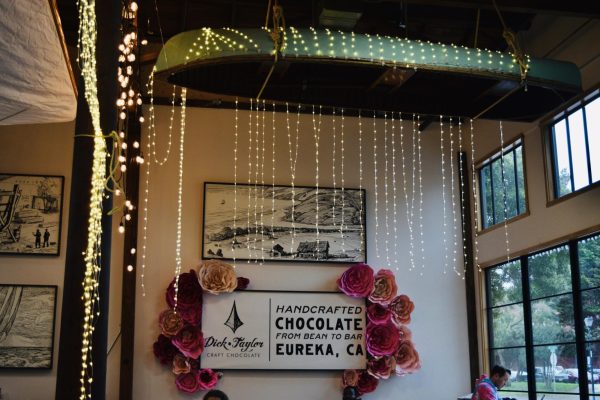
Behind two heavy doors marked with bold “Employees Only” lettering, we enter into a room of whirring machinery. Our minds dance with excitement, reflecting the energy on the factory floor. Children on the tour urge their mothers onwards and shoot their hands up in excitement as we learn the entire process of chocolate making.
Today, chocolate comes from all over locations lining the equator, but the origin of chocolate was Mexico, where drinking chocolate was used as a ceremonial item in Mayan culture and, as Germán Santillán explains in a TED video, still has significance for many Indigenous Mexican communities. (https://www.youtube.com/watch?v=bdLEBN6JKPY)
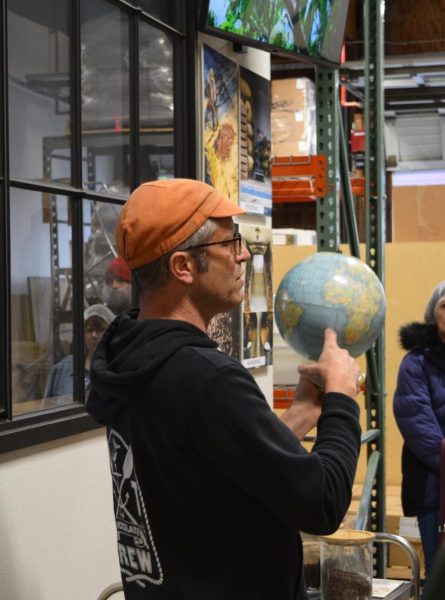
“[Mayans] would use [drinking chocolate] in the religious ceremonies and there are even some people groups in this region that have cacao as part of their origin story,” Dick says.
Farmers who grow cacao, even in contemporary times, have a lot of work cut out for them as they grow the beans patiently for years, harvest them, and then slowly sun dry them for several days. The beans are then shipped to factories like the one in Eureka, and the cacao is sorted out from other materials mixed into the bins. Tour guide Adam Dick holds up a jar of random objects found alongside the cacao.
“This is our treasure box, we got some rocks, some corn, some cigarette butts,” Dick says.
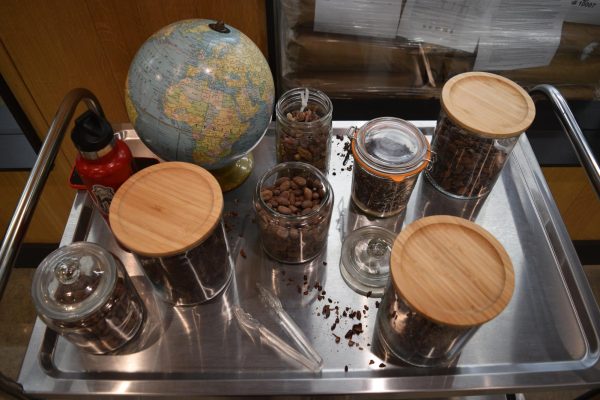
After this initial sorting, an entire army of machines gets to work. The process of turning this mix of assorted objects into a delicious bar of chocolate takes over 2 weeks. An important first step involves refining the cacao from gravel sized “nibs” into a silk-like consistency.
“Nibs are reduced to eighteen microns, half the thickness of human hair, this takes 6-8 hours,” Dick says.
The next process involves tempering, a key component in the production process.
“When we think of chocolate we think of a shiny bar with a good crunch. All that comes from tempering,” Dick says.
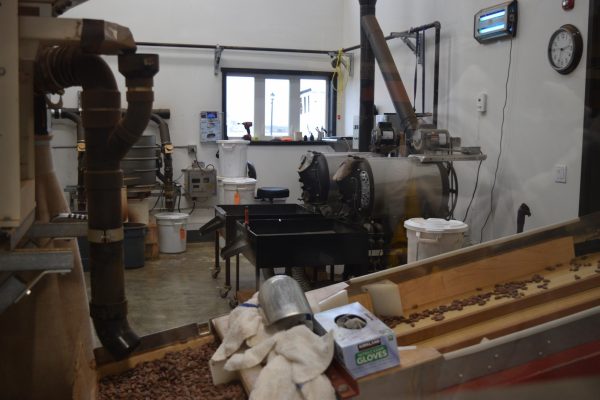
The machines that temper the chocolate are called “conches”; these are very hot canisters that mix 4 kilograms of chocolate for 48 hours. Finally, after the chocolate is tempered and mixed with nuts, fruit, or other ingredients, the bar is ready to be molded and printed out through a machine. When we enter the part of the factory where these final stages occur, Dick appears especially giddy.
“[This] is the place in the factory where I feel like we’re printing money… where you’re like, can I stick them [the chocolate] in my socks, my shoes?” Dick says with a laugh.
After all this, the flavor nodes of the individual bars of chocolate still depend on the amount of bacteria in the original box the cacao came in.
At the end of the tour, Adam Dick gives some expert advice on savoring the chocolate experience. He encourages everyone to enjoy chocolate holistically and not put too much emphasis on any one of our senses.
“Don’t sell yourself short when you eat chocolate, I always tell people to ‘smell it first,” Dick says.
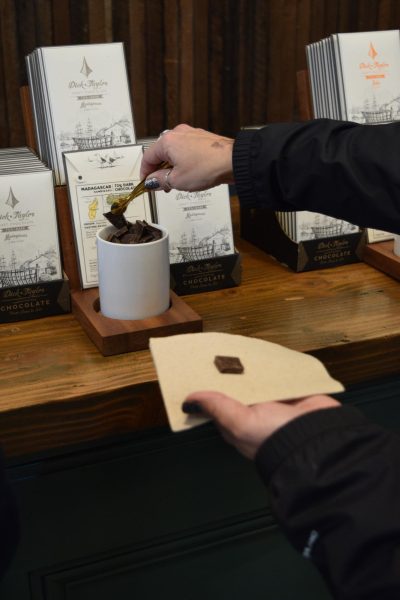
When leaving the factory floor, a young girl on the tour, Jessie Amis, beamed with joy as she stood in line for samples.
“I loved it [the tour], I learned the process of chocolate because I didn’t know all of it,” Amis says.
Amis appreciates chocolate much more now that she’s seen how it’s made, and she was exuberant to tell me all about her favorite chocolate flavors.
A man who came all the way from New Zealand enjoyed the tour as well, commenting on how it expanded his perception of the simple sweet treat.
“What I liked about the tour is how intimate the process is, it’s like they really take care with the beans all the way through, it feels like a very personal experience, I don’t know a better way to say it.”
If you are looking for a tasty way to spend V-Day, you could always head down to the Dick Taylor chocolate shop, where a special event will be happening.
“We do a holiday pop up with flowers [and] we do chocolate dipped strawberries,” Dick says.
So what kind of chocolate should you buy your special someone for Valentine’s Day?
Go Nutty! A bit of crunch can be nice in a bar, whether it is milk chocolate or dark. Plus, there are plenty of options – peanuts, hazelnuts, almonds or… walnuts?
“[Get] anything with nuts in it, [so you can write a note saying] ‘you’re a bit nutty’, [or] ‘you’re a nut like me’,” a NZ man on the tour suggested.
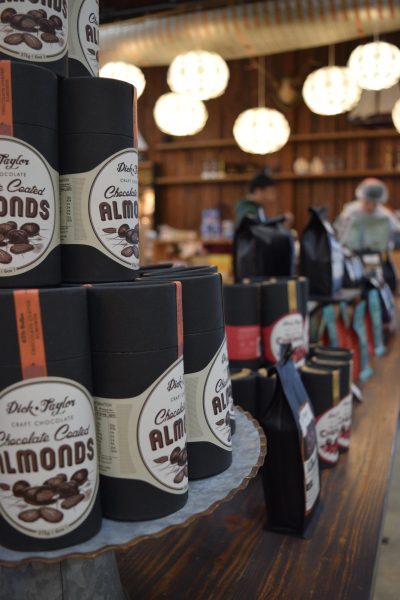
Add some fruit! If you’ve never had freeze dried raspberries inside dark chocolate, you’re in for a treat! The raspberry is refreshing and delicate and is nicely balanced out by the richness of the chocolate. Or you could opt for trying one of Dick Taylor Chocolates specialty Valentines bars that are bound to transport you to Cloud 9.
“We make a white chocolate [and then] we mill strawberries into it so it’s like a pink white chocolate and then [the bottom] half of it is dark chocolate and half of it is pink [strawberry] white chocolate,” Dick said.
